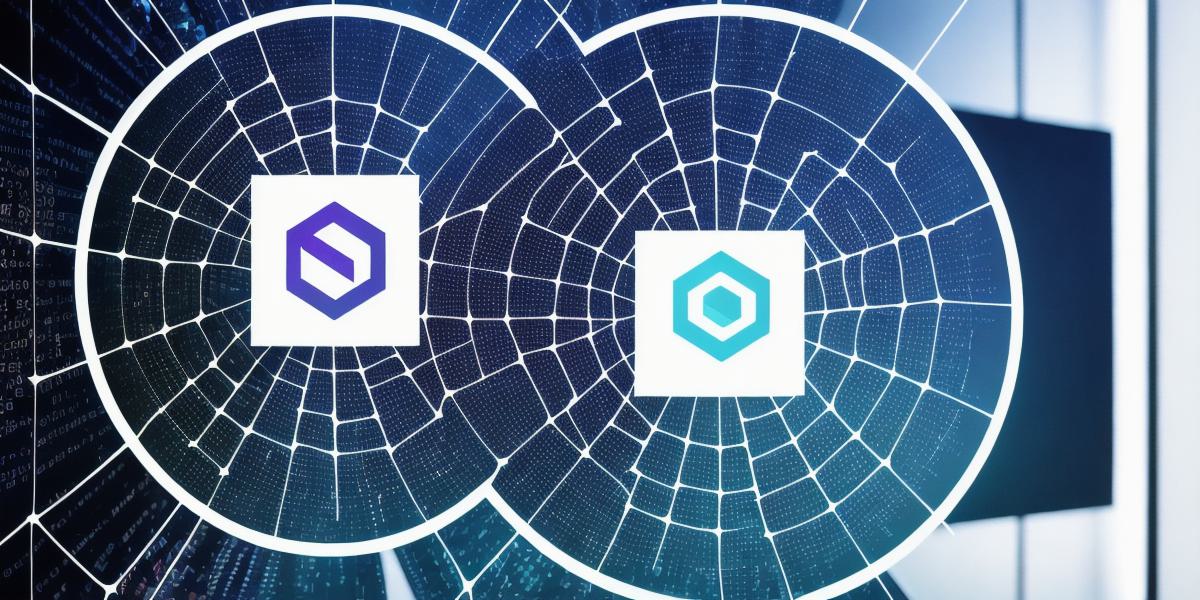Web3 is the next evolution of the internet, one that promises to transform how we interact with each other and with technology. This guide will help you understand the meaning of Web3, its features, and how it’s shaping the future of the internet.
Introduction:
The internet has come a long way since its inception. From static HTML pages to dynamic web applications, the internet has evolved dramatically over the years. However, with the rise of blockchain technology, we are on the cusp of another major evolution – Web3. Web3 is a decentralized and peer-to-peer version of the internet that promises to provide users with greater control over their data and more secure transactions. In this guide, we will explore the meaning of Web3, its features, and how it’s shaping the future of the internet.
What is Web3?
Web3 refers to a decentralized version of the internet that uses blockchain technology to enable peer-to-peer communication and transactions. Unlike traditional web applications, which are centralized and controlled by a single entity, Web3 applications are built on a decentralized network of computers that work together to validate transactions and maintain the integrity of the system.
Features of Web3:

- Decentralization: Web3 is decentralized, meaning that it has no central authority or control. This makes it more resilient and less vulnerable to attacks or failures.
- Peer-to-Peer Communication: Web3 applications enable users to communicate directly with each other without the need for intermediaries like social media platforms or payment processors.
- Smart Contracts: Web3 applications use smart contracts, which are self-executing programs that automate complex processes and enforce rules.
- Privacy and Security: Web3 applications provide users with greater control over their data and more secure transactions. This is because all communication is encrypted and transparent, making it difficult for hackers to intercept or manipulate information.

Case Studies:
Web3 technology has already been applied in several real-world scenarios. One example is decentralized finance (DeFi), which uses smart contracts to enable peer-to-peer financial transactions without the need for intermediaries like banks. Another example is supply chain management, where Web3 technology is used to track products from production to delivery, ensuring transparency and accountability throughout the process.
The Future of the Internet:
Web3 has the potential to transform the way we interact with each other and with technology. By enabling decentralized communication and transactions, Web3 will empower users to take control of their data and enable more secure and transparent business practices. The future of the internet is decentralized, and Web3 is at the forefront of this movement.
Summary:
Web3 is a powerful technology that promises to transform the way we interact with each other and with technology. By enabling decentralized communication and transactions, Web3 will empower users to take control of their data and enable more secure and transparent business practices. As we continue to evolve into a more digital world, Web3 will play an increasingly important role in shaping the future of the internet.
